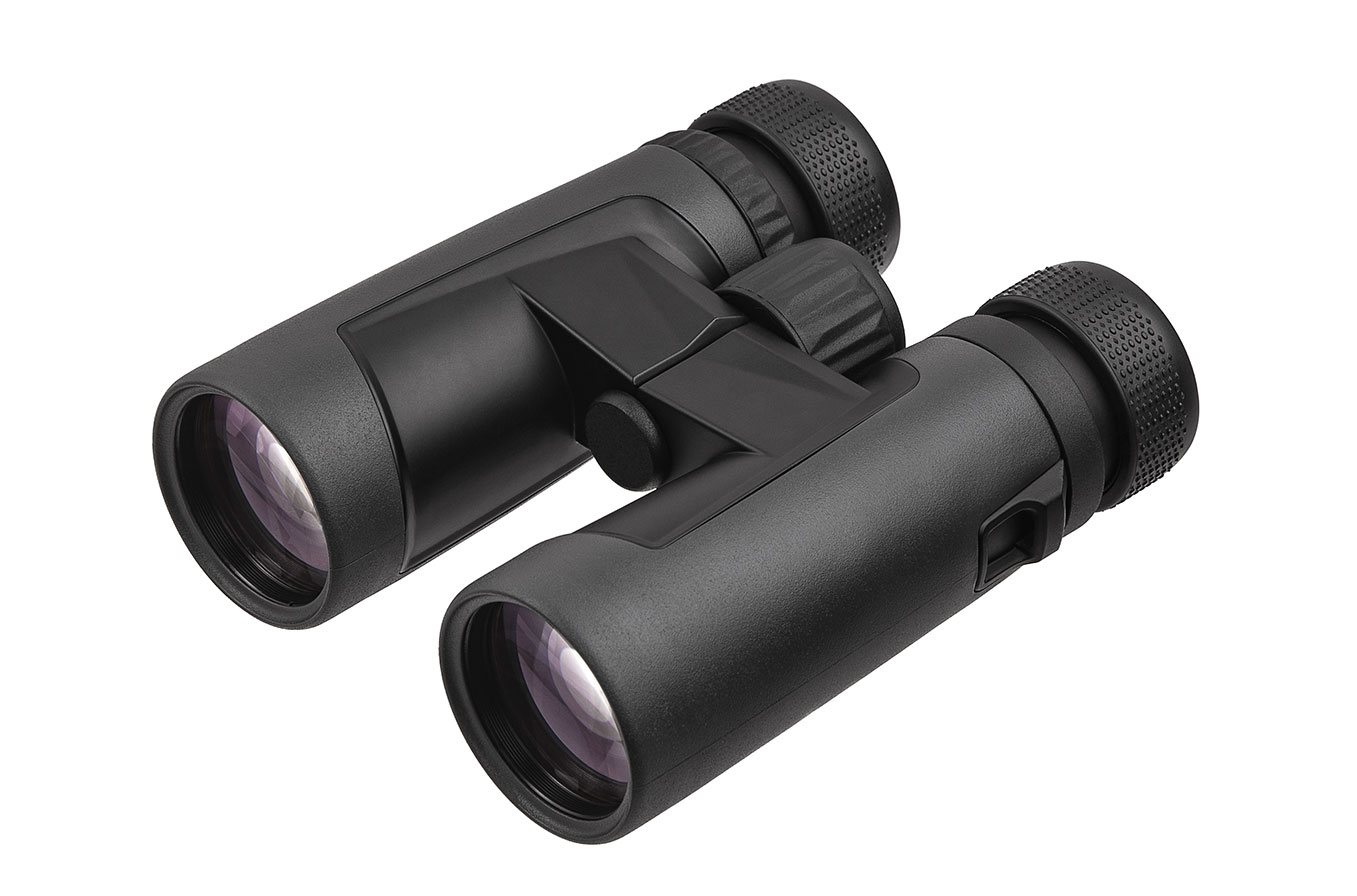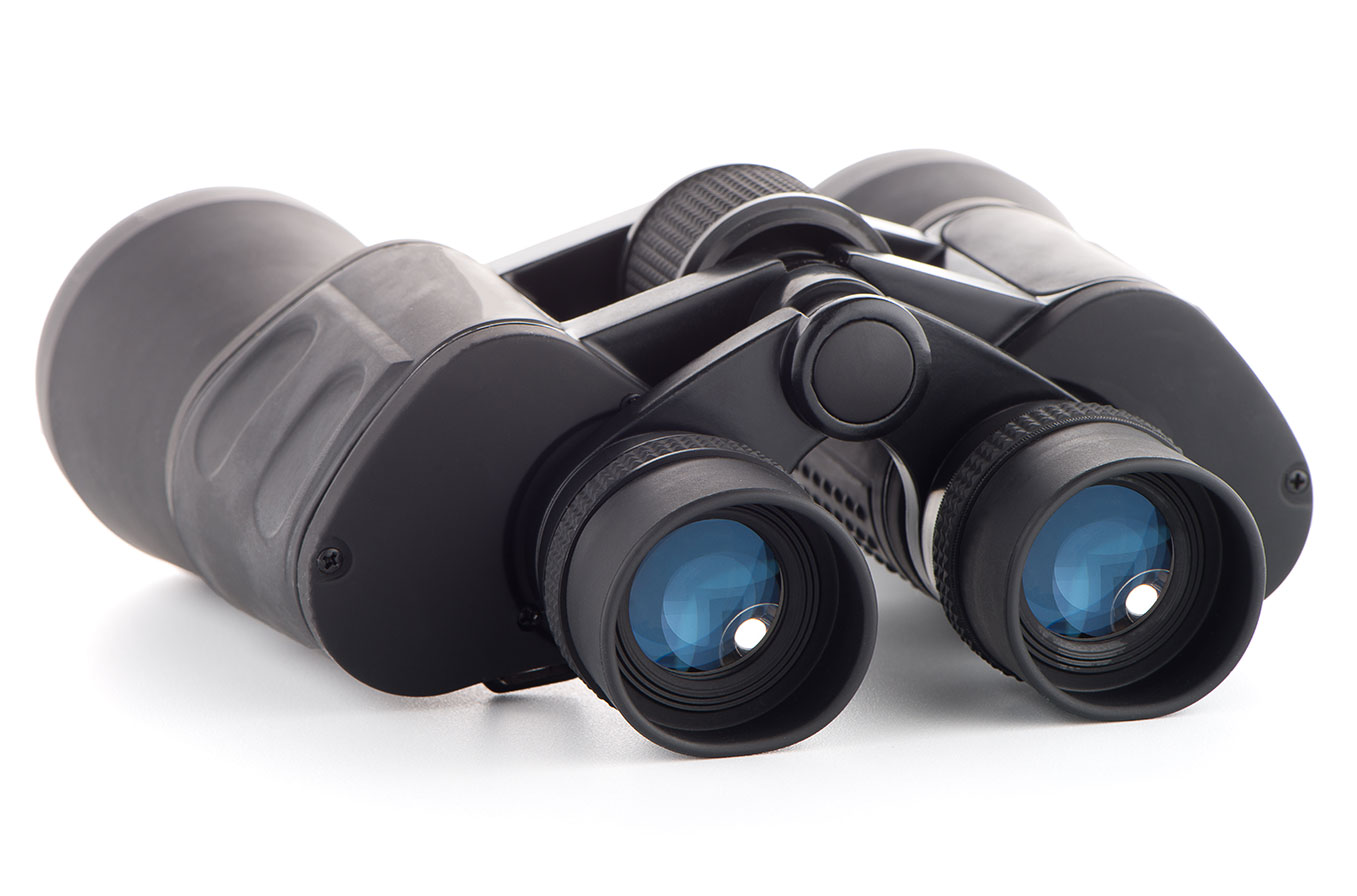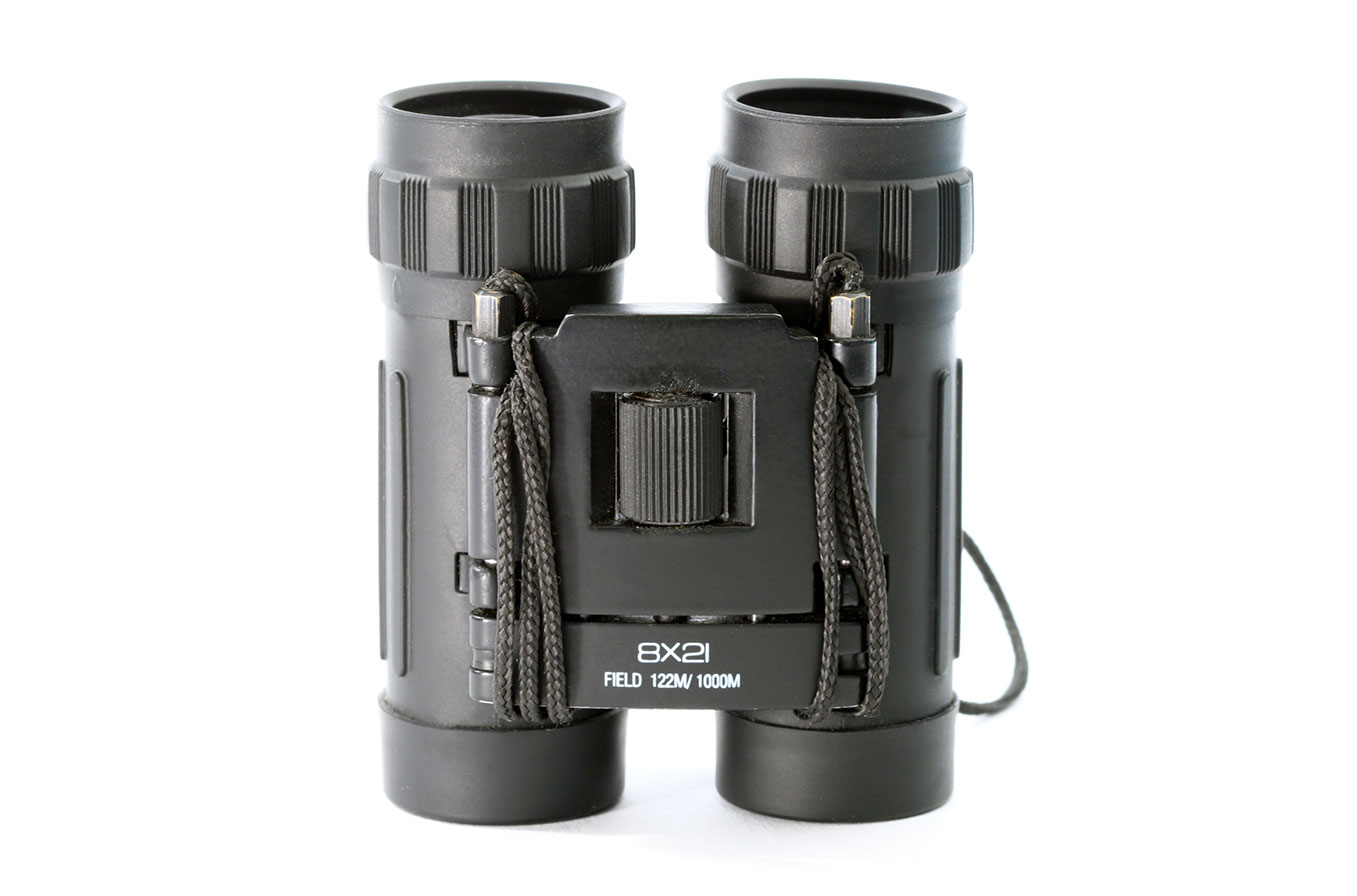
Best binoculars for birdwatching?
When it comes to binoculars there is a wide array of choice and for all budgets but here we try to explain what are the main considerations for choosing a pair for birdwatching.
I was asked the other day which were the best binoculars for someone to enjoy birdwatching. Unfortunately this was a question that needed more time than was available but I gave a few tips to help get their research started which hopefully helped.
It prompted me to do a bit of thinking and consider the more full answer and pen the following quick tips so next time I have somewhere to refer them to and hopefully help others who might have the same question.
Choosing a pair of binoculars from the vast array of options available can be daunting but have such a wide choice means that it is possible to zone in on the ones that are right for your planned use and importantly your budget, in the next few chapters we can work out how to work out the right pair for you!
How much should I spend?
A quick search online or visit to the shops and you will soon realise that there is a huge variety of manufacturers and prices out there from a whopping £2900 with Swarovski or a hundred times less at around £29 which would get you a pair of Kylietech bins (yes who knew that she made optical equipment too!).
Swarovski, one of the premium brands
With such a range, price bracket is a good place to narrow your search, the age old adage of you get what you pay for is true in optical equipment as many other things and Swarovski alongside Zeiss and Leica do tend to lead the way in quality, durability and reliability as well as excellent customer service, but at a price. The cheapest models from these manufacturers is in the high £100s with most of their models in the £1000s. Are they worth it? Well if you are an occasional weekend birdwatcher with other things vying for your hard earned ££s then maybe not. Most serious or professional wildlife watchers and surveyors would probably say that as the main tool for their hobby or even their job then their high end binoculars are a good investment so for them yes.
For many of us though we will be in the low hundreds of pounds bracket and one of the mid range manufacturers would be more likely to fit the fill. Bushnell, Viking, Opticron, Swift, Olympus and Nikon are all well known and have been in the binocular business a while. My personal favourites in the mid range are the RSPB branded binoculars make by Viking. I have a pair of 10x42s that have withstood all that I have thrown at them over almost 20 years.
If you are looking to spend less than £100 there are still a plethora of manufacturers (including Kylie!) advertising online, most of which I have never heard of. Looking for good features and reviews though I have found BNISE seem to offer a well priced range of budget binoculars. And sometimes offered for less than £100, Celestron DX nature binoculars look really good value.
So once you have narrowed the search to a price range and maybe a few manufacturers then what about the features…
What types of binoculars are there?
There are a couple of different forms of binocular available, poroprism and roof prisms. Simply put the roof prisms are straight and the poroprisms have a step between the eye piece and the outer lens. Originally all binoculars had the stepped poroprism design but recent years has seen the popularity of the straight roof prism binoculars soar and these are the most commonly offered now. There is little difference in function between the two styles though cheaper roof prism bins may be less bright than their equivalent poroprisms as light can be lost passing through the lens. If choosing poroprisms check that the model has light reflective internal mirror coating such as aluminium or silver to ensure that all the light passes through.
Roof prism binoculars (left) are increasingly more popular than poroprism (right) designs. (shutterstock)
What do the numbers mean?
Each pair of binoculars are described with a pair of numbers such as 10x40 8x32 7x25 or almost any combination, the one constant being that the smaller number is first. These relate to the magnification x the size of the lens so a pair of 8x32 will magnify the subject 8 times and the objective lens (the one further from the eye) will be 32mm across. Most binoculars will be in the range of 7-12 magnification and 30-50 lens diameter but extreme versions do exist with much bigger numbers beware though these can be heavy hard to use.
In my experience of helping people use binoculars in many situations I find that for children or those using binoculars infrequently smaller magnifications are easier to use and often even 6x will be plenty to give a good view of something a moderate distance away. The benefits of these smaller magnifications is that the whole binocular can be smaller and lighter.
The size of the unit is usually dictated by the lens size (the second number) so 8x32 would be smaller and lighter than 8x40 for example as the 40mm lens in the second pair adds weight and bulk. The benefits of a larger objective lens is that it gathers more light and so gives a brighter image. In good daylight this is less noticeable but in poor or fading light the benefits of larger lenses can really make the difference
Because of the variables above it is impossible to choose the perfect binocular size for all people and all situations so think hard about the size of the binoculars and without worrying about the other details try holding some of different weights. It may be tempting to go for the greatest magnification and brightness but you may feel different holding a kilo of 12x50 bins up to your eyes for a while! Once you have a feel for the weight that would be ok then look again at the numbers.
In my opinion and experience (and there will be some who disagree) for all round use 8x or 10x magnification would be great and matched with a 32 or 42 objective lens you will have enough brightness for most situations.
There are also compact binoculars designed for convenience and where size and weight are all important. Most compacts will by nature have small objective lenses such as 25mm or less, this small aperture means that the view will be darker but mostly this fine in good light.
These compact binoculars have magnification of 8x but a small objective lens of 21mm so are light weight but could be less useful in dimmer conditions. (shutterstock)
great views of winter thrushes
Other features to consider:
When I first picked up a pair of binoculars (swift ospreys..a classic!) they were hard shelled and easy to break, modern ones now are almost all rubber coated and as as well as being tougher they are also more comfortable to hold.
Eye cups are fairly standard on most models now but some pop out and some twist, I personally much prefer the twist as it puts less strain on the cup attachment and so is less likely to come off. they are also less likely to move with pressure from the eye.These adjustable cups allow the eye to rest away from the lens but can be pushed in if glasses are worn as the lenses can be pressed straight onto the glasses.
Focal adjustment is usually achieved by two focussing wheels, the main one being between the two lenses and the other just used to initially set the binoculars up to adjust for any differences in the two eyes. these should be smooth easy to adjust and in a convenient position, particularly the main focussing wheel that be required regularly. No focus, focus free or auto focus models are sometimes advertised but these are usually just midrange fixed focus and subsequently are less good for extreme distance or closer objects.
Straps should be adjustable and well made. It is very annoying to have binoculars slip off and can lead to damage or even loss. Neck straps must be soft enough too not to cause chaffing. There are many companies offering harnesses and tripod mounts for their kit, to me these seem unnecessary and gimmicks to make it look better value. The exception to that would be if you are keen on using your phone or camera with your binoculars, then with my photographer hat on I would say yes fix it to a tripod to get the best stability possible.
how to look after your optical equipment
With the above information giving you a little more understanding of some of the options out there, have a read up and try to look at (and hold!) as many binoculars as you can. All retailers worth their salt will get them out of the cabinets for you and at shows you can often get great advice and deals. Ultimately a bit of research is well worth it and hopefully with the above tips I have helped you make a start.
Top tip:
If you want the quality and features of the high end manufacturers but without the price consider the second hand market. People with nice bins tend to look after them and a service and clean could ensure that you grab a real bargain!
Use the comments section below to let us know which your favourite binoculars are or even if there are others to avoid!




